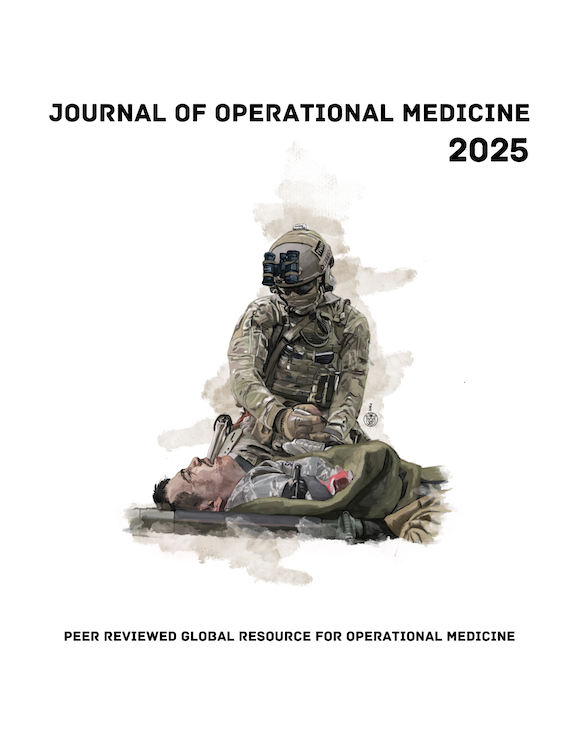Exploring an Anatomical Variation of the Cephalic Vein: Implications for Physiological Function and Surgical Outcomes
DOI:
https://doi.org/10.62573/fye8qn38Keywords:
cephalic vein anatomy, anatomical variation, surgical outcomesAbstract
Background: In surgical practice, the precise implantation of Cardiac Implantable Electronic Devices (CIED), starting central lines, and several other procedures can rely heavily on the cephalic vein's typical anatomy. However, deviations from this norm, as uncovered in this cadaveric case report, can yield unexpected clinical findings. This report spotlights a unique anatomical variation, an anomaly characterized by its superficial course and connection to the external jugular vein. While vascular variations aren't uncommon, this variant’s rarity and potential impact on surgical procedures are significant.
Methods: Ten formalin-fixed cadavers were dissected of cadaveric specimens and this variant was discovered in one donor of the ten available. High-resolution photographs were methodically taken to document the cephalic vein's anatomy and its connections. Photographs were taken from two 77-year-old females and a 70-year-old male. A literature review was completed exploring embryologic origins and clinical implications of the supraclavicular vein.
Results: This anomalous supraclavicular cephalic vein anatomy, documented in 2-5% of cases, presents various variations, such as anastomoses with the external jugular vein. Exploring the embryological origins of the persistent supraclavicular cephalic vein provides insights into evolutionary biology, reflecting an atavistic feature seen in lower vertebrates. This sheds light on the reversed development of jugular veins in higher vertebrates like primates, offering valuable clues to vascular development.
Discussion: Anatomical variations underscore the importance of detailed preoperative planning in surgical procedures involving the cephalic vein. The abnormal cephalic vein can impede procedures such as CIED implantation, peripheral lines, and others that can utilize the cephalic vein. Understanding these variations is crucial for safe device placement and surgery. This case also highlights the importance of diagnostic and treatment strategies, urging surgeons to adapt their approach in abnormal cases.
Downloads
Published
Issue
Section
License
Copyright (c) 2025 Cole Eastep, Dr. Cindy Funk, Christopher Perez (Author)

This work is licensed under a Creative Commons Attribution-NonCommercial 4.0 International License.
Authors retain copyright and grant the journal right of first publication with the work simultaneously licensed under a Creative Commons Attribution (CC BY-NC) 4.0 License that allows others to share the work with an acknowledgment of the work’s authorship and initial publication in this journal.
